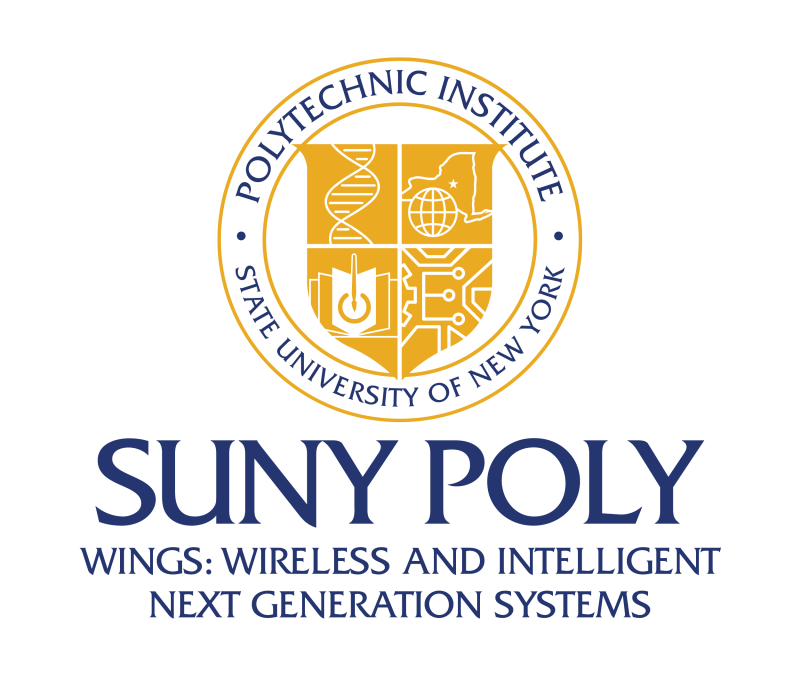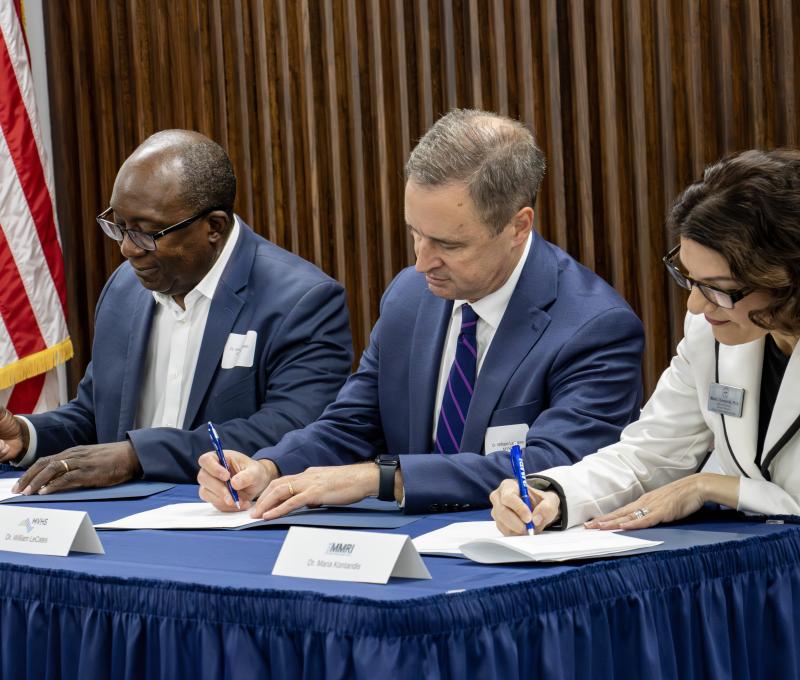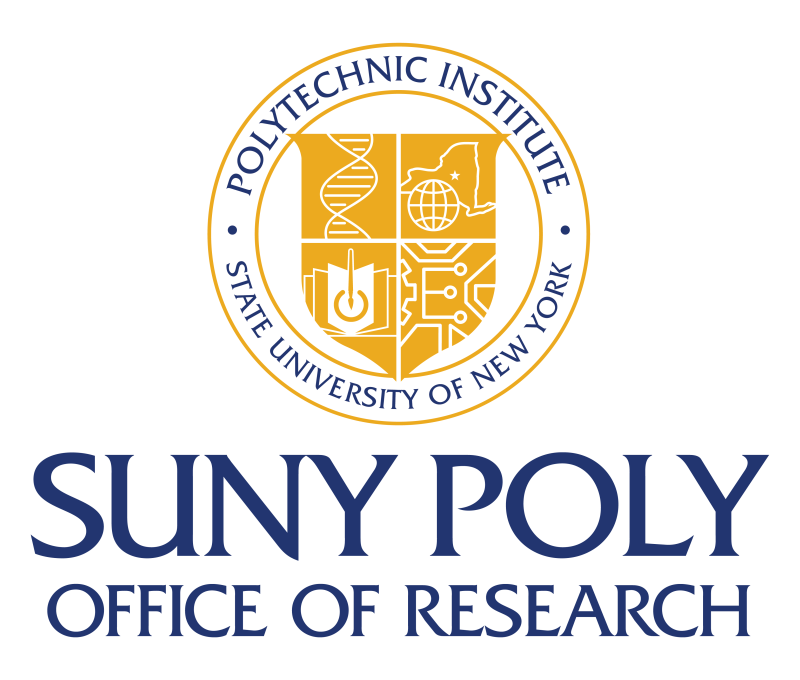Professor Shing Chi Leung Publishes Review Article on Origin of Type Ia Supernovae

Dr. Shing Chi Leung, SUNY Poly assistant professor of physics, has published a review article as the leading author on the origin of Type Ia supernovae. The article is co-authored with Dr. Ken’ichi Nomoto, Professor Emeritus of The University of Tokyo, in the Proceedings of the 16th Marcel Grossmann (MG) Meeting on General Relativity.
The MG meeting is a tri-annual event, founded in 1975 by Remo Ruffini and Abdus Salam with the aim of reviewing developments in gravitation and general relativity with major emphasis on mathematical foundations and physical predictions. It promotes discussion on recent advances in gravitation, general relativity and relativistic field theories, emphasizing mathematical foundations, physical predictions and experimental tests. Previous meetings were held in Trieste, Shanghai, Kyoto and other major cities. Dr. Leung was invited to present a review talk on recent advances of Type Ia supernovae.
Type Ia supernovae are known to be the explosion of carbon-oxygen white dwarfs. These objects are the end point of stars with a mass between 3-8 times of the Sun. Type Ia supernovae are triggered by unstable burning of matter on the white dwarf, which later leads to thermonuclear runaway and explosion. However, the detailed picture in how and when the explosion takes place is highly unclear. Theoretically, it has been a long term debate whether the white dwarf is exploding at the Chandrasekhar mass, i.e. the mass above which the white dwarf becomes dynamically unstable. So far, there is no consensus on which channel (Chandrasekhar mass or sub-Chandrasekhar mass) is the dominant one in the supernova population. Knowing these supernovae is important because Type Ia supernovae contribute to 20-30% of all supernovae, and they are used to probe the cosmic expansion.
In the article, the team used the chemical element manganese as the key to probe the major explosion channel. The production of this element requires a high density (a few billion times the density of water) and high temperature (above 5 billion Kelvin) during a supernova explosion. And Chandrasekhar mass Type Ia supernova is the only type that creates these conditions during explosion. The team modeled some supernova remnants in the Galaxy recently observed (e.g. 3C 397). They found that the high manganese abundances in these objects favors the Chandrasekhar mass model.
The team also observed similar hints from stars in the Galaxy. By arranging stars from the oldest to the youngest as collected from recent stellar surveys (e.g., APOGEE), in order to explain the trend of manganese across generations of stars, they found that a significant fraction of Type Ia supernovae need to be Chandrasekhar mass white dwarfs. Both results advocate the Chandrasekhar mass model as the dominant explosion channel.
Future observations of the chemical abundances on astrophysical objects by missions such as the X-Ray Imaging and Spectroscopy Mission (XRISM, to be launched in 2023) will measure the chemical abundances of more astrophysical systems (e.g., supernova remnants, stars, galaxies). These high resolution data will break the degeneracy of the current picture.
Reference: Shing-Chi Leung, Ken’ichi Nomoto, “Type Ia supernovae and their explosive nucleosynthesis: Constraints on progenitors”, Proceedings of The Sixteenth Marcel Grossmann Meeting on General Relativity, pp. 4427-4446, 20 pages (2023)
https://www.worldscientific.com/doi/10.1142/9789811269776_0374 (arXiv: 2111.14795)








